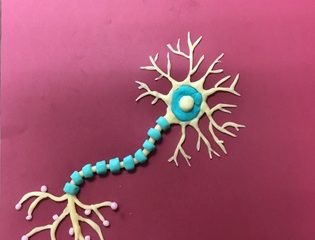
I am waiting to meet Professor Dumbledore… in Orlando!
Here is what I am reading today”
“All these activities upset the body’s “food clock,” a collection of interacting genes and molecules known technically as the food-entrainable oscillator, which keeps the human body on a metabolic even keel. A new study by researchers at the University of California, San Francisco (UCSF) is helping to reveal how this clock works on a molecular level.”
Scientists at Karolinska Institutet in Sweden have identified two molecules that play an important role in the survival and production of nerve cells in the brain, including nerve cells that produce dopamine. The discovery, which is published in the journal Nature Chemical Biology, may be significant in the long term for the treatment of several diseases, such as Parkinson’s disease.
“The mental break can last anywhere from a split second to a few seconds before attention is fully restored, researchers from Japan’s Osaka University found. During that time, scans that track the ebb and flow of blood within the brain revealed that regions associated with paying close attention momentarily go offline. And in the brief break in attention, brain regions collectively identified as the “Default Mode Network” power up. Discovered less than a decade ago, the default mode network is the brain’s “idle” setting. In times when our attention is not required by a cognitive task such as reading or speaking, this far-flung cluster of brain regions comes alive, and our thoughts wander freely. In idle mode, however, our thoughts seldom stray far from home: We contemplate our feelings; we wonder what a friend meant by a recent comment; we consider something we did last week, or imagine what we’ll do tomorrow.”
“Studies of the chameleon effect confirm what salespeople, tricksters, and Lotharios have long known: Imitating another person’s postures and expressions is an important social lubricant.
But how do we learn to imitate with any accuracy when we can’t see our own facial expressions and we can’t feel the facial expressions of others?”


